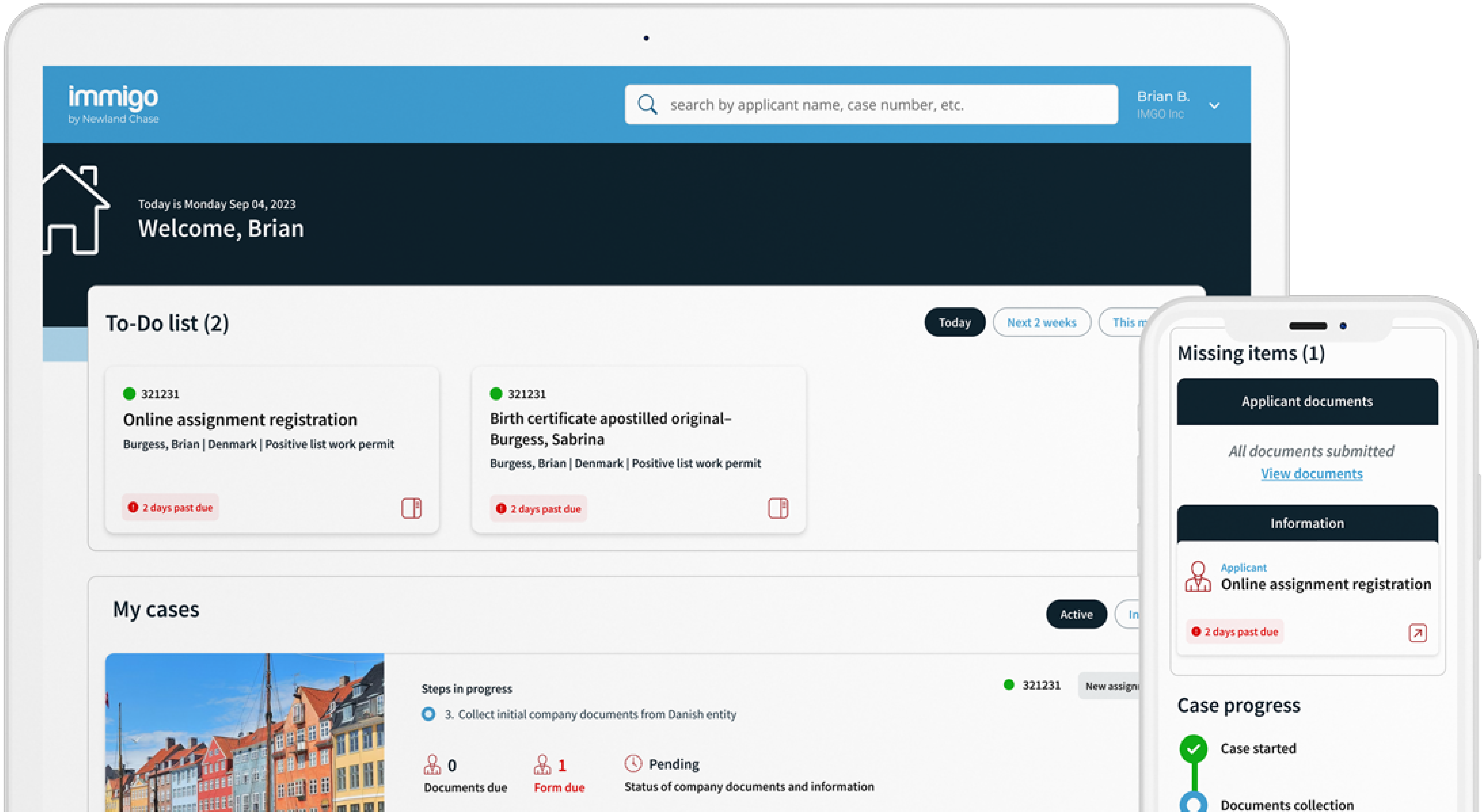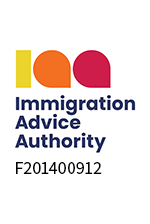Get The Visibility Your Company Needs
Reduce compliance risks and mobility costs while managing individual and project-related travel with ImmiSMART: the solution that unifies your travel and mobility programs.
NEW ZEALAND: Government Proposes Overhaul of Employer-Supported Work Visas [UPDATED 14 Oct 2019]
October 14, 2019
The New Zealand government has proposed significant changes to the employer-assisted work visa framework which, if implemented, will affect all New Zealand employers supporting work visa applications and all individuals applying for employer-supported work visas.
What are the proposed changes?
Gateway Framework
A “gateway framework” is set to replace all employer-supported work visa categories. Three stages will have to be passed before a work visa can be approved:
- Employer check
This involves mandatory accreditation of all employers seeking to support work visa applications.
Three categories of accreditation are proposed, including standard accreditation, labor hire accreditation and high-volume accreditation (for employers recruiting more than five foreign workers over a 12 month period).
- Job check
This phase will introduce:
- Regional labor market test rules; or
- Relevant industry sector agreements; or
- No labor market testing for salaries at 200% of the median wage (currently NZD 104,000).
- Individual check
This final stage will assess the identity, character, health, qualifications and experience of the work visa applicant.
Work to Residence (Accredited Employer)
- The minimum base salary for a work to residence visa will be increased, from NZD 55,000 to NZD 79,560.
- The option to get a permanent resident visa, after two years of holding a work to residence visa with a salary of more than NZD 90,000, will be removed. Employees will still be able to acquire standard residence but will need to continue living in New Zealand for a further two years to obtain a permanent resident visa.
- Employer accreditation will be limited to 24 months as this category is phased out by 2021.
Removing the ANZSCO Skill Level Assessment for Work Visas
- Jobs will instead be classified as “low” or “high” paid. This will be based on whether the hourly rate is above or below the median wage (currently NZD 25).
- Pay rate together with “Labor Market Region” will determine the length of visa issued.
- These changes will be be introduced in mid-2020.
- ANZSCO will be retained for Skilled Migrant Residence Visa assessments.
- ANZSCO will still be used to ensure that the rate of pay is not less than market rate and the visa applicant is suitably qualified.
Introduction of Sector Agreements
To be negotiated with sectors that employ high numbers of foreign workers, in an attempt to reduce reliance on migrant labor.
Sectors to be targeted include:
- Residential care
- Meat processing
- Dairy
- Forestry
- Tourism and hospitality
- Road freight transport
Residential care and meat processing agreements are to be introduced first, in mid-2020.
Removing Dependent Visa Restrictions for Low-paid Workers
Provided the minimum income threshold is met, low-paid workers can:
- Support a partner for a visitor (not work) visa; and
- Support dependent children for visas as domestic students.
This new policy will be introduced in mid-2020.
Retaining the Stand-down Period for Low-paid Workers and Family
- The stand down period will continue for low-paid workers, forcing them to depart New Zealand after holding three 12-month visas.
- The first group of impacted foreign workers must leave New Zealand from August 2020.
Our Advice
Employers who may be affected are encouraged to contact a Newland Chase immigration specialist for case-specific advice.
For general advice and information on immigration and business travel to New Zealand, please email us at [email protected]




